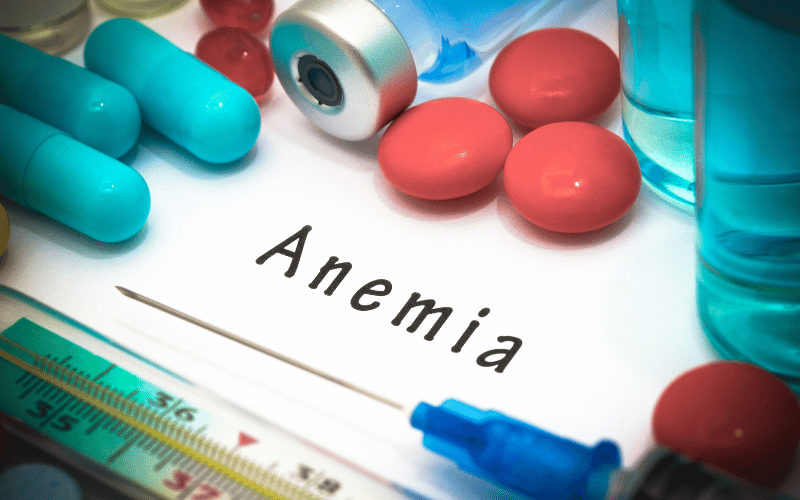Introduction: Unraveling the Underlying Issues
Iron deficiency anemia is a health condition that affects a significant portion of the population, creating a myriad of symptoms that can diminish quality of life. This condition arises when the body doesn’t have enough iron to produce hemoglobin, the substance in red blood cells that enables them to carry oxygen. As a result, fatigue, weakness, and shortness of breath can become unwelcome aspects of daily life.

The potential causes are numerous, each interlinked with various facets of lifestyle and physiological functions. Understanding these causes is essential. It provides a foundation for addressing the deficiency and improving health outcomes.
Nutrition plays a pivotal role in maintaining adequate iron levels. In our fast-paced world, convenience often trumps nutrition, leading to diets that are lacking in essential minerals like iron. Foods naturally rich in iron, such as meats and leafy greens, are essential for preventing anemia. Yet, these are often replaced by less nutritious options.
Regular monitoring and management of menstrual blood loss are crucial. Women need to ensure they’re consuming enough iron to offset the loss. If heavy periods are common, seeking medical advice is advisable.
The body’s iron requirements are not static; they change throughout life. Infants, children, and pregnant women have higher needs due to growth and developmental demands. The elderly may struggle with absorption issues, requiring more attention to their iron intake.
Each stage of life presents its own set of challenges for maintaining iron levels. Awareness and proactive management of these needs can help prevent iron deficiency anemia.
Recognizing the complexity of iron deficiency anemia is just the beginning. In the sections to come, we’ll delve into each cause more deeply. This thorough exploration will offer valuable insights into how to counteract each contributing factor.
1. Inadequate Dietary Intake: The Silent Saboteur of Iron Levels

Our diet is the primary source of iron, and poor dietary choices can silently sabotage our iron levels. Convenience foods and quick meals often lack the necessary nutrients for good health. This deficiency in our daily fuel can go unnoticed until symptoms of anemia begin to appear.
Those who follow plant-based diets face unique challenges. Their sources of iron, predominantly non-heme, are not as readily absorbed by the body. Thus, vegetarians and vegans must be particularly mindful of including iron-rich foods in every meal.
Iron-rich foods such as red meat, poultry, fish, lentils, and beans should be staples in our diet. They provide the heme iron that our bodies can absorb more efficiently. For plant-based diets, lentils, chickpeas, and spinach are key for maintaining iron levels.
It’s not just about what you eat but also how you combine your foods. Consuming vitamin C-rich foods alongside iron-rich foods can enhance absorption. This is especially important for those relying on plant-based iron sources. (1)